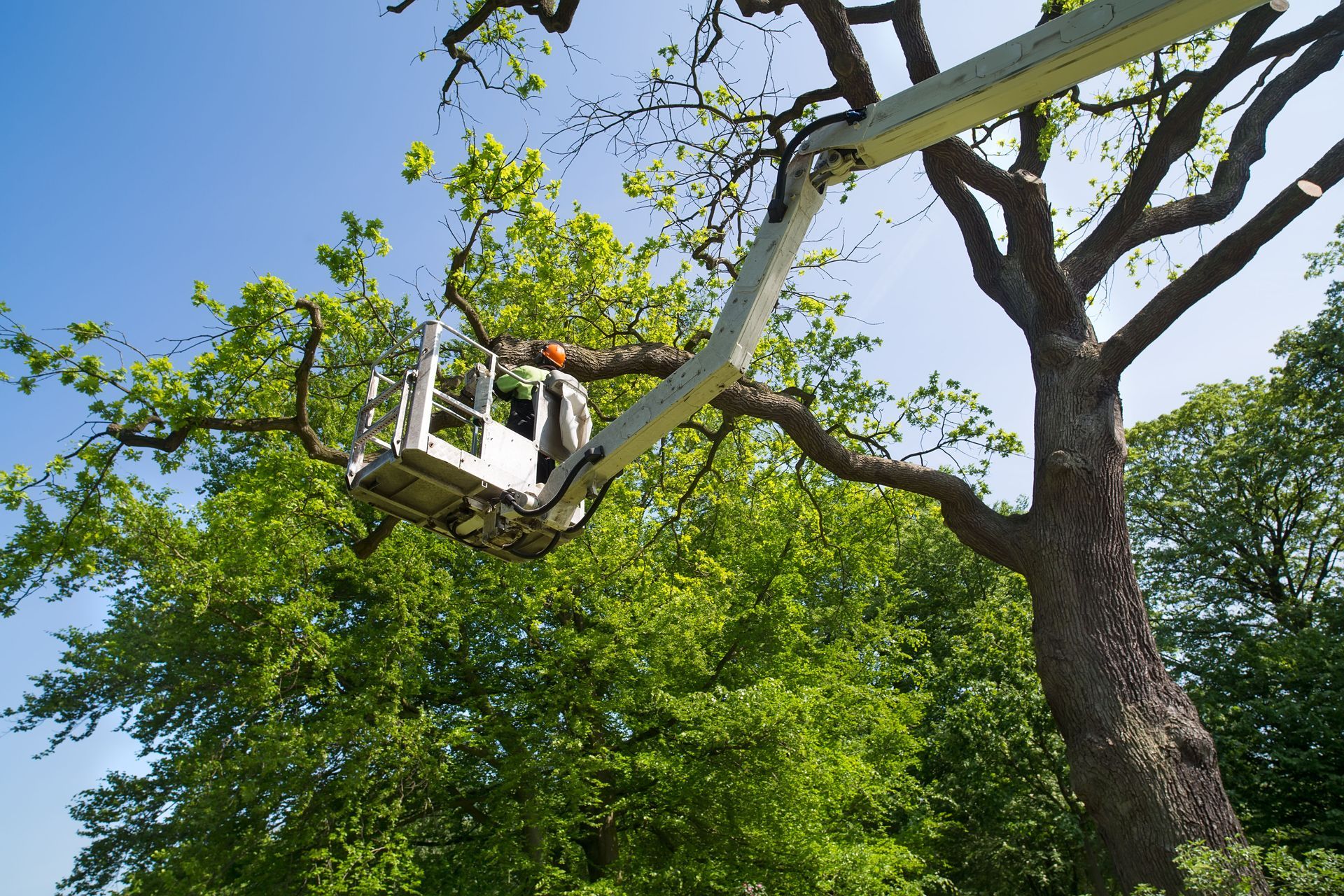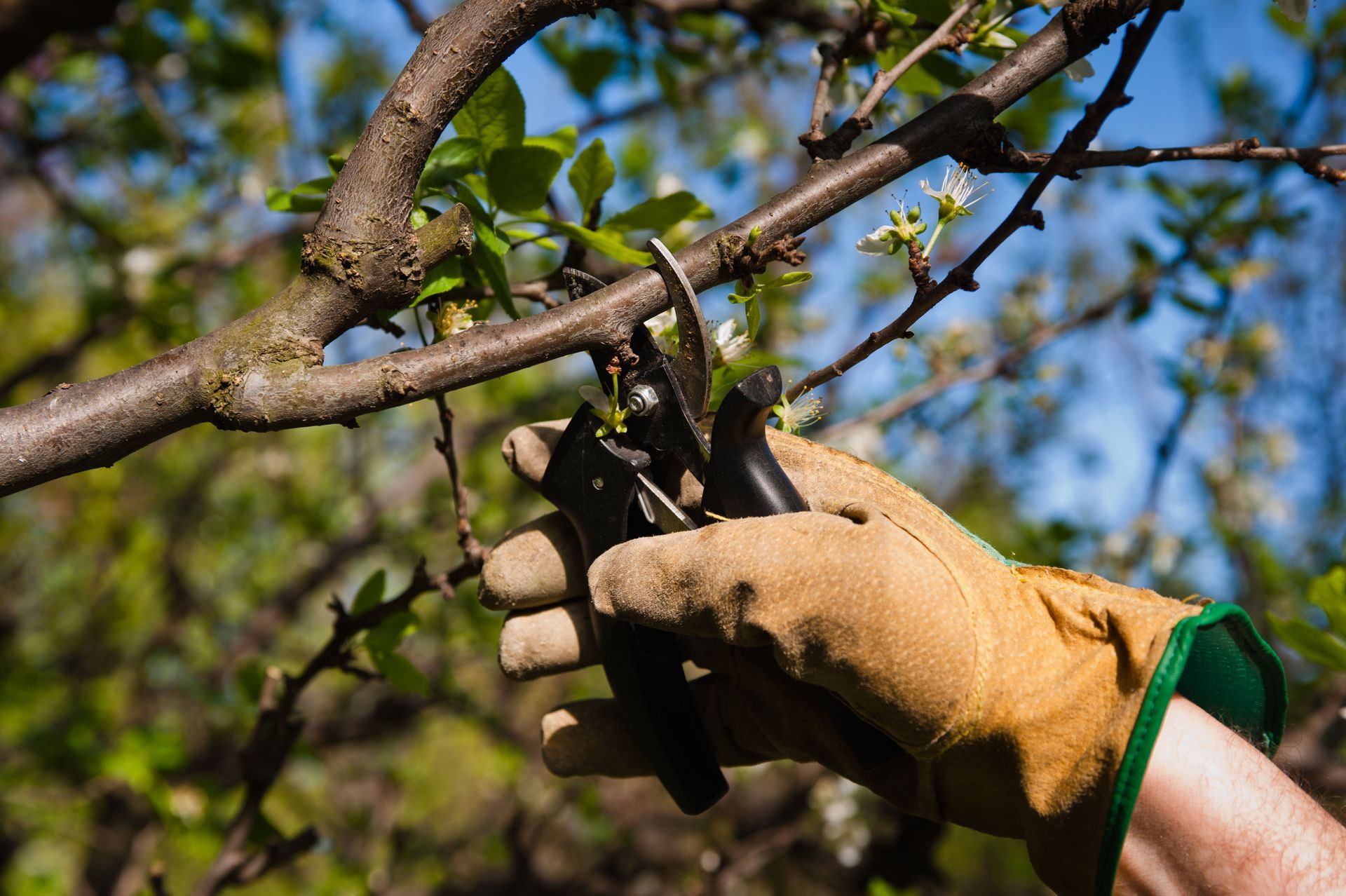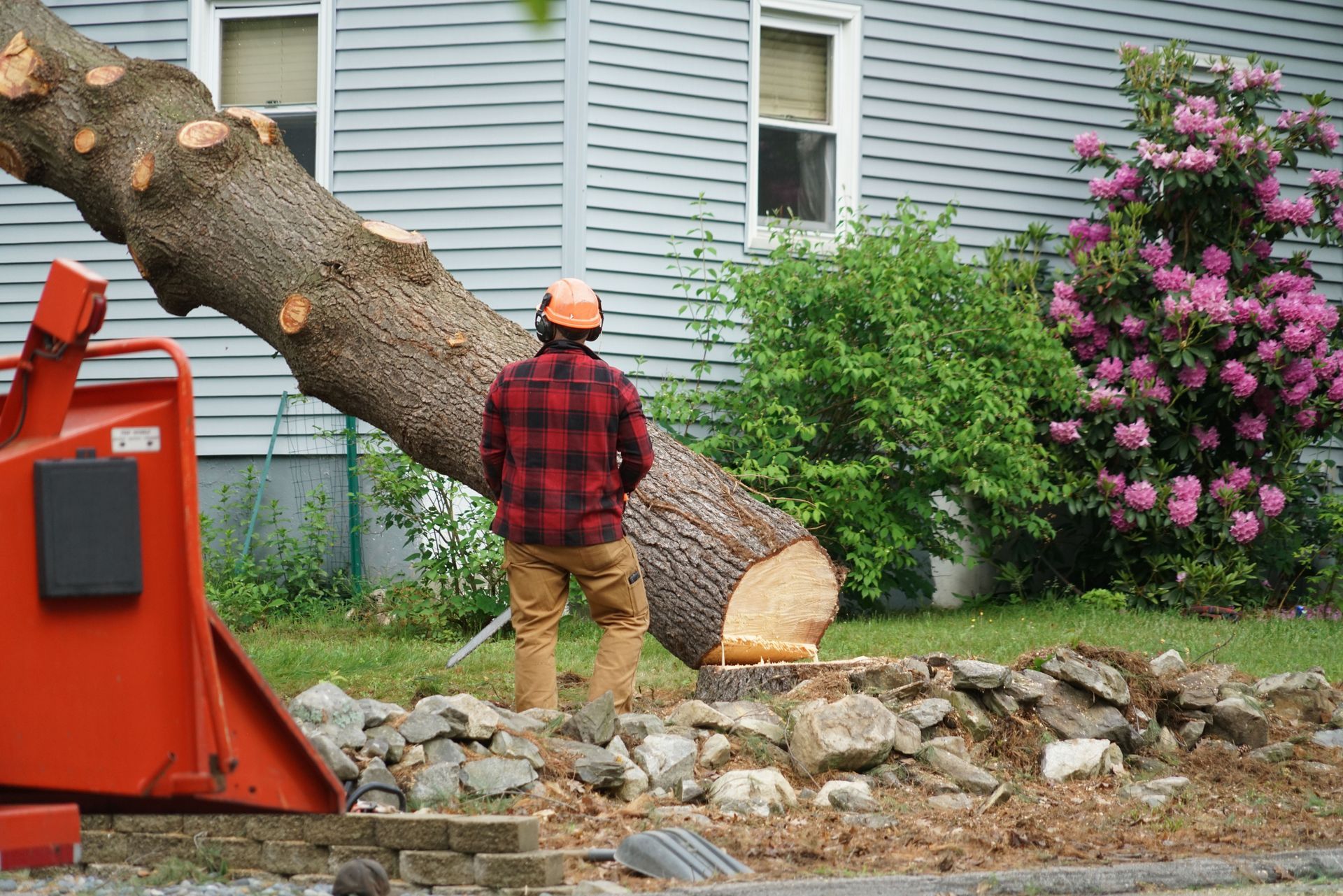5 Signs It's Time to Call Tree Cutting Services for Your Property
The allure of a well-maintained landscape is undeniable, with trees playing a crucial role in enhancing the beauty, value, and safety of a property. Proper care and maintenance of trees are necessary not just for their health but also for the safety of the property and its occupants. Recognizing when to call in professional tree cutting services can prevent accidents, preserve property value, and maintain the overall aesthetics.
1. Increased Risk of Falling Branches
Visible cracks or splits in branches can be an immediate red flag, indicating that a tree may be compromised. Over time, these imperfections weaken structures, rendering them susceptible to breaking, especially under adverse weather conditions. Regular inspection is vital in spotting these flaws early on, potentially preventing significant damage. According to This Old House, one in 35 homeowners has filed a claim related to wind or hail, emphasizing the importance of assessing tree stability before disasters strike. Professional tree services can address these threats, ensuring that weak branches are safely pruned.
Branches that extend over rooftops, garages, or other structures pose an undeniable risk. Their weight, when coupled with environmental factors like wind or ice accumulation, can result in severe structural damage. Homeowners often underestimate the stress these overhanging branches put on property structures. By hiring professional tree cutters, these looming threats can be removed or managed effectively. Beyond the safety concerns, preventing potential branch-related damage maintains the property's integrity and reduces future repair costs.
Dead wood and decaying branches signify neglect and an urgent need for professional attention. Apart from being unsightly, these elements are structural weaknesses, waiting to give way with the slightest provocation. The decay often spreads internally, making it harder for non-experts to evaluate the extent of the damage. Professional tree services can conduct a detailed examination, ensuring that all problematic branches are dealt with systematically. This intervention not only protects surrounding areas but also revitalizes the tree, extending its longevity.
2. Tree Health Concerns
Trees, like all living organisms, are prone to disease and infestation, which can severely impact their health. Discolored leaves, growths on trunks, and abnormal branch patterns can be indicators of underlying diseases. Pests such as beetles or larvae burrow into the bark, causing internal decay and weakening the tree's structure. Professional assessment is crucial for an exact diagnosis and formulation of an effective treatment plan. Addressing these issues promptly can prevent the spread of disease and infestation to other trees and plants, ensuring a healthy garden or landscape.
The presence of fungi on trunks or branches often signals rot, decay, or other forms of tree disease. Fungal growth, characterized by mushroom-like structures or unfamiliar, odd-colored patches, indicates the tree's immune system is compromised. Once visible, the spread can be rapid, affecting the tree's structural integrity. Tree specialists can determine the extent of fungal damage, employing methods to halt progression and reduce further risk. By identifying and dealing with fungi quickly, it's possible to save the tree, ensuring it continues to thrive.
Leaves serve as a primary health indicator for trees, and their condition provides insight into possible issues. Browning or prematurely dropping leaves can indicate water stress, nutrient deficiency, or disease. Similarly, spots or blotches on leaves can signify fungal infections or pest invasions. Consulting professionals can aid in pinpointing the exact cause and suggest interventions, like soil treatment or pest control. Maintaining leaf health ensures trees receive adequate nourishment, promoting robust growth and vitality.
3. Environmental Changes and Damage
Soil erosion is a looming threat to tree stability, often leading to exposed roots. These roots become susceptible to damage from human activity or environmental factors, eventually leading to tree instability. Without intervention, trees may struggle to absorb nutrients, impacting their health and growth patterns. Professionals can recommend solutions like mulch application or barrier installations to combat root exposure. By addressing erosion early, the essential support base for trees can be preserved, ensuring structural integrity.
Construction projects near tree zones can inadvertently harm root networks, disrupting their growth and nourishment channels. Digging or machinery can sever roots, diminishing a tree's anchorage and nutrient supply. Homeowners may not immediately recognize the damage until it manifests as decline or instability. Tree cutting services can assess construction impacts, providing strategies to mitigate damage or fortify root zones. Protecting roots during construction ensures trees remain healthy, minimizing potential collateral damage.
Severe weather events, such as storms, are notorious for causing immediate and catastrophic tree damage. Broken branches, splits, or even uprooted trees are common after high winds or hail. According to This Old House, one in 35 homeowners has filed a claim related to wind or hail, which underscores the influence of weather on trees. Acting swiftly after such events, professional tree cutters can address visible damage, preventing further decay or disruptions. Through strategic interventions, they restore stability, helping trees withstand future weather challenges.
4. Sustainability and Prevention
Routine pruning and maintenance are essential practices for sustainable tree health and longevity. By removing dead or excess branches, trees can direct nutrients to vital areas, enhancing growth and vitality. Regular care also involves monitoring for potential problems, allowing for early detection and intervention. Professional tree cutters possess the expertise to perform precise pruning, minimizing harm and promoting health. Through commitment to upkeep, trees remain robust, standing the test of time and environmental challenges.
Understanding the longevity of a tree involves evaluating its health, resilience, and adaptability to the landscape. Professionals can offer insights into a tree's life expectancy based on species, environmental conditions, and current health status. This information aids homeowners in making informed decisions about tree care or potential replacements. Strategically managing tree longevity assures that future generations of trees will thrive in the landscape. Comprehensive assessments contribute to a balanced ecosystem, anchored by long-lived and healthy trees.
Mature trees can crowd space, limiting sunlight, water, and nutrients for younger or new plantings. Strategic thinning or removal may be necessary to foster an environment supportive of new growth. Professionals carefully evaluate tree placement, suggesting adjustments that maintain ecosystem balance and diversity. Creating space doesn't just support growth; it encourages biodiversity and healthy plant interaction. Thoughtful interventions transform landscapes into thriving and harmonious environments, nurturing both old and new inhabitants.
5. Neighbor and Property Disputes
Trees that extend onto neighboring properties can become unintentional nuisances, leading to potential disputes. Overhanging branches might drop debris or impede views, affecting neighborly relations. Addressing these issues requires balance, respecting boundary laws while maintaining tree health. Professional tree services offer solutions to manage encroachment, like strategic pruning or tree relocation. Resolving such matters amicably ensures cooperation between neighbors, fostering a harmonious community environment.
Falling leaves and debris are natural occurrences, but can become contentious issues in shared spaces. Debris, if not managed, may accumulate in areas like gutters, causing blockages or drainage issues. Professional maintenance ensures routine cleaning, minimizing unwanted buildup, and ensuring healthy landscapes. By proactively managing trees, homeowners reduce neighborly disputes and demonstrate conscientious landscape management. Clear communication and regular care preserve the aesthetic and functional qualities of shared areas.
Ultimately, conscientious tree management reflects responsible property ownership, demonstrating a commitment to community, safety, and environmental stewardship. As nature's guardians, homeowners wield the tools to sculpt landscapes that inspire, shelter, and thrive. Through expert guidance and ongoing care, property trees not only survive but flourish, ensuring enduring value and beauty. If you're looking for an experienced
tree cutting service, contact TJM Tree Service & Landscape Design today.




Share On: